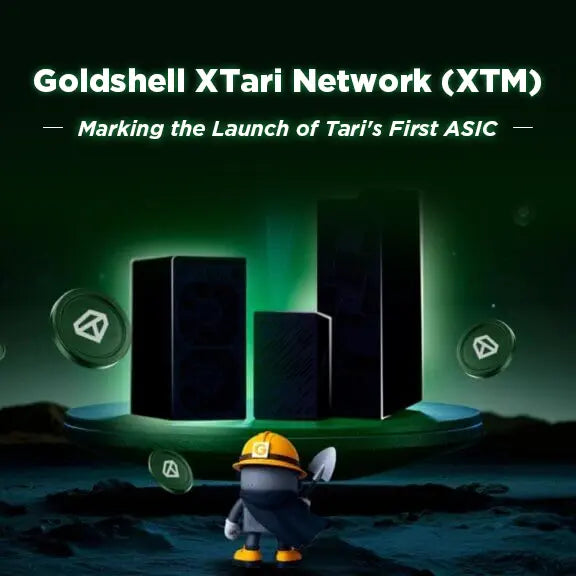With the first U.S. Dogecoin (DOGE) ETF set to launch, the cryptocurrency industry is once again in the global spotlight. This milestone raises an important question: is it a community-driven legitimacy breakthrough for crypto, or merely speculation wrapped in a new financial vehicle?

Overview of the Dogecoin ETF
Unlike early Bitcoin ETFs approved under the 1933 Securities Act, the Rex-Osprey Dogecoin ETF (DOJE) was approved under the Investment Company Act of 1940, a framework typically used for mutual funds and diversified ETFs.
Unlike funds like BlackRock’s Bitcoin spot fund, which directly holds BTC, DOJE gains exposure through a Cayman Islands subsidiary and derivatives, as the 1940 Act requires portfolio diversification and restricts single-asset concentration.
This structure allows investors to access Dogecoin market exposure without directly holding the coins, providing regulatory safeguards and risk management, albeit with additional management fees.
Controversy: Innovation or Speculation?
The Dogecoin ETF has sparked debate within the industry:
-
Critics’ Perspective
As a meme-based cryptocurrency, packaging Dogecoin into an ETF may simply institutionalize speculation. ETF fees can exceed the cost of buying DOGE directly. Brian Huang, CEO of Glider, noted: “ETF fees are high, while you can open a Coinbase account in five minutes and buy DOGE without paying an expense ratio.” -
Supporters’ Perspective
Proponents argue that the ETF demonstrates community influence and the maturity of the asset. It adds regulatory transparency, investor protection, and allows DOGE to reach a broader mainstream audience.
This debate reflects the unique nature of crypto markets, where innovation and entertainment, as well as community consensus and financial logic, intertwine.
Dogecoin’s Unique Features and Market Value
Launched in 2013 as a Bitcoin derivative, Dogecoin started as an internet joke but has grown to become a top-10 cryptocurrency by market capitalization.
Its inflationary supply model (10,000 DOGE per minute; roughly 5 billion new coins per year) contrasts sharply with Bitcoin’s 21-million-coin cap, making DOGE more sensitive to market sentiment and inflation expectations.
Additionally, Dogecoin’s strong community culture, celebrity influence (such as Tesla CEO Elon Musk’s tweets), and sustained trading activity have kept it relevant in the cryptocurrency market.
How the ETF Impacts the Crypto Market
The introduction of an ETF may reshape how investors participate in crypto:
-
Increased Compliance and Transparency: ETFs require custody, audits, and regular disclosure, improving trust for mainstream investors.
-
Boosting Adoption: Investing through the stock market lowers the technical barrier to entry for crypto, allowing more institutional and retail investors to participate.
-
Potential for Speculation: Critics argue that DOGE’s value relies more on hype than technical utility.
Douglas Colkitt, founder of Fogo, said: “An ETF wrapper does not change fundamentals; it just lets Wall Street push DOGE prices with a straight face.”
Meanwhile, Maja Vujinovic, CEO of FG Nexus Digital Assets, remarked: “DOGE’s first-mover status shows that communities can drive assets into regulated structures—regulators are responding to social momentum as much as market capitalization.”
Dogecoin’s Historical and Cultural Value
Dogecoin is not just a cryptocurrency; it is a cultural phenomenon:
-
Community-driven: The DOGE community and developers have launched charitable initiatives and projects, reinforcing engagement.
-
Celebrity Influence: Elon Musk’s tweets in 2021 repeatedly boosted DOGE prices, showing social media’s impact on the market.
-
Resilience: DOGE has survived multiple bear markets while maintaining significant market cap and trading volume, demonstrating investor loyalty and resilience.
These factors make DOGE a unique asset in the crypto space, and the ETF adds a new investment avenue and regulatory legitimacy.
Risks and Opportunities for Investors
Investing in a Dogecoin ETF offers both potential rewards and risks:
Opportunities:
-
Access crypto via a traditional brokerage account without managing wallets or private keys
-
Diversify investment portfolios while gaining potential high returns
-
Enhanced regulatory compliance and transparency
Risks:
-
High price volatility persists
-
ETF management fees may reduce net returns
-
Market sentiment and social media trends can drive sudden price swings
Understanding DOGE’s community-driven value and speculative nature is key for long-term investors.
Future Trends for Dogecoin ETFs
DOJE is just the beginning. Rex-Osprey plans to launch additional memecoin and altcoin ETFs, including:
-
Official Trump (TRUMP)
-
Bonk (BONK)
-
XRP
-
Solana (SOL)
This suggests that the crypto ETF market will become more diverse, with community culture and innovation continuing to influence which assets enter regulated structures. Memecoins may no longer be mere jokes—they could become legitimate, regulated investment instruments.
Conclusion
The Dogecoin ETF represents a milestone for cryptocurrency innovation, community culture, and regulatory engagement. It showcases the power of a meme-based community while highlighting the delicate balance between financial innovation and speculative entertainment.
For investors, understanding DOGE’s history, tokenomics, and market context is crucial for rational decision-making and risk management in ETF investments.











Leave a comment
This site is protected by hCaptcha and the hCaptcha Privacy Policy and Terms of Service apply.